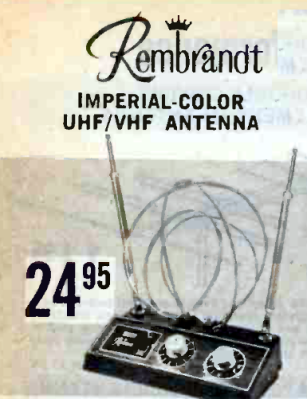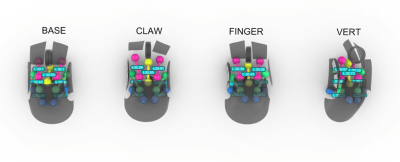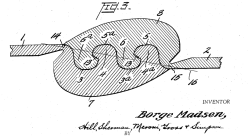 [Ben] may be 15 years old, but he’s got the knack for 3D printing and artistic mechanical design. When you see his 3D-printed mechanical jellyfish lamp, we think you’ll agree. Honestly, it is hardly fair to call it a lamp. It is really — as [Ben] points out — a kinetic sculpture.
[Ben] may be 15 years old, but he’s got the knack for 3D printing and artistic mechanical design. When you see his 3D-printed mechanical jellyfish lamp, we think you’ll agree. Honestly, it is hardly fair to call it a lamp. It is really — as [Ben] points out — a kinetic sculpture.
One of the high points of the post is the very detailed documentation. Not only is everything explained, but there is quite a bit of background information on jellyfish, different types of gears, and optimizing 3D prints along with information on how to recreate the sculpture.
There is quite a bit of printing, including the tentacles. There are a few options, like Arduino-controlled LEDs. However, the heart of the operation is a geared motor.
All the design files for 3D printing and the Arduino code are in the post. There’s also a remote control. The design allows you to have different colors for various pieces and easily swap them with a screwdriver.
One major concern was how noisy the thing would be with a spinning motor. According to [Ben], the noise level is about 33 dB, which is about what a whisper sounds like. However, he mentions you could consider using ball bearings, quieter motors, or different types of gears to get the noise down even further.
We imagine this jellyfish will come in at well under $6 million. If you don’t want your jellyfish to be art, maybe you’d prefer one that creates art.






















